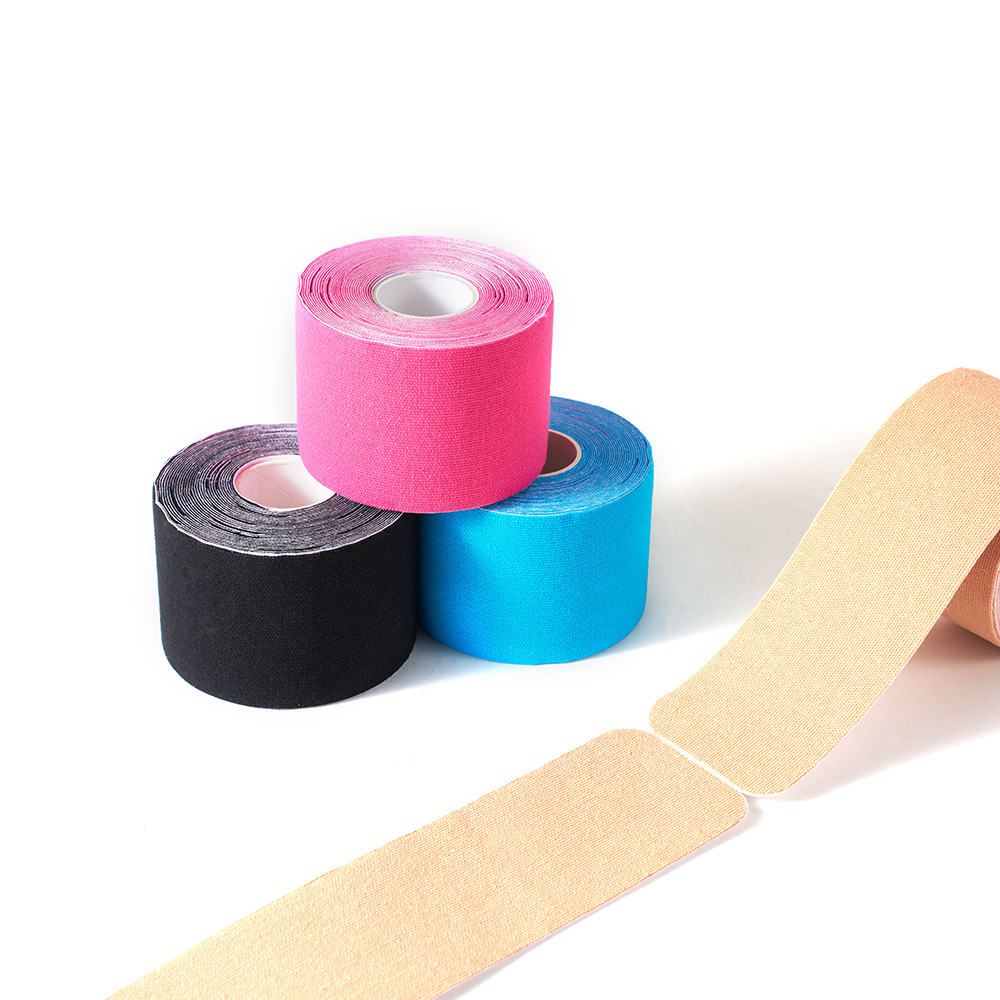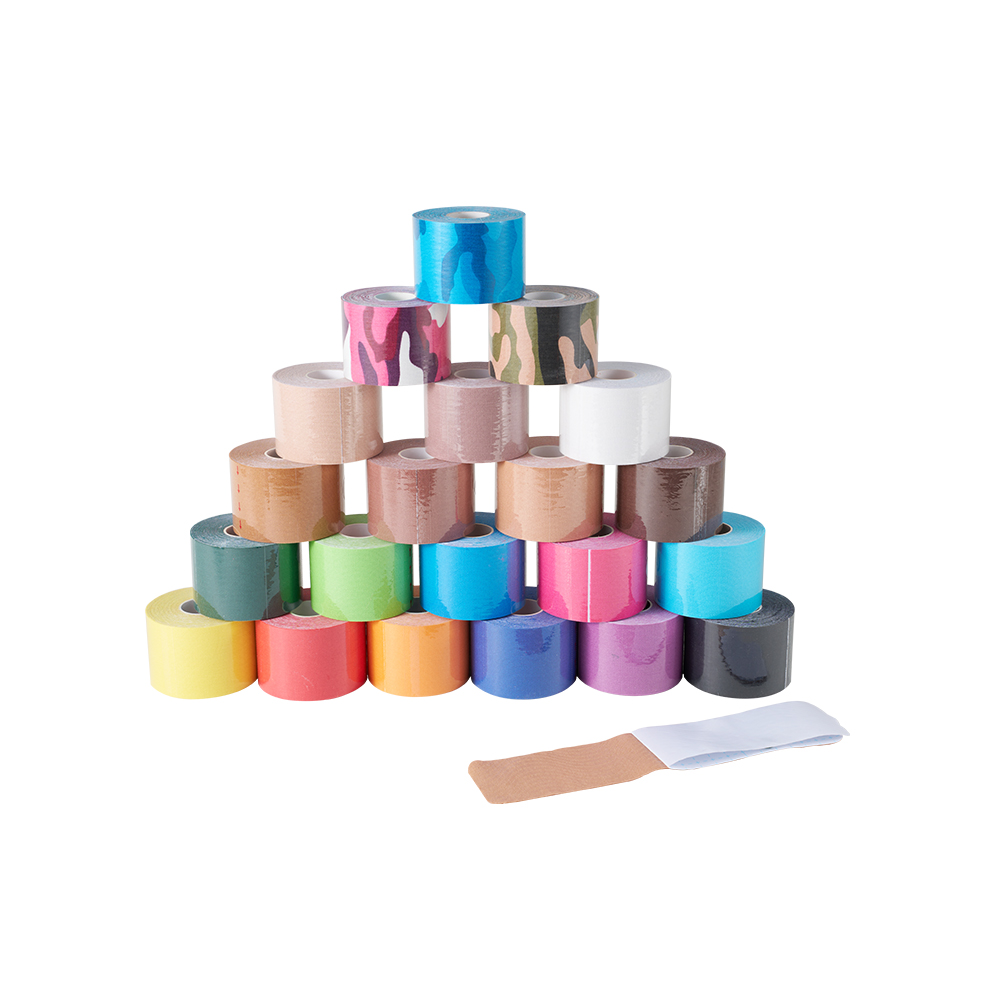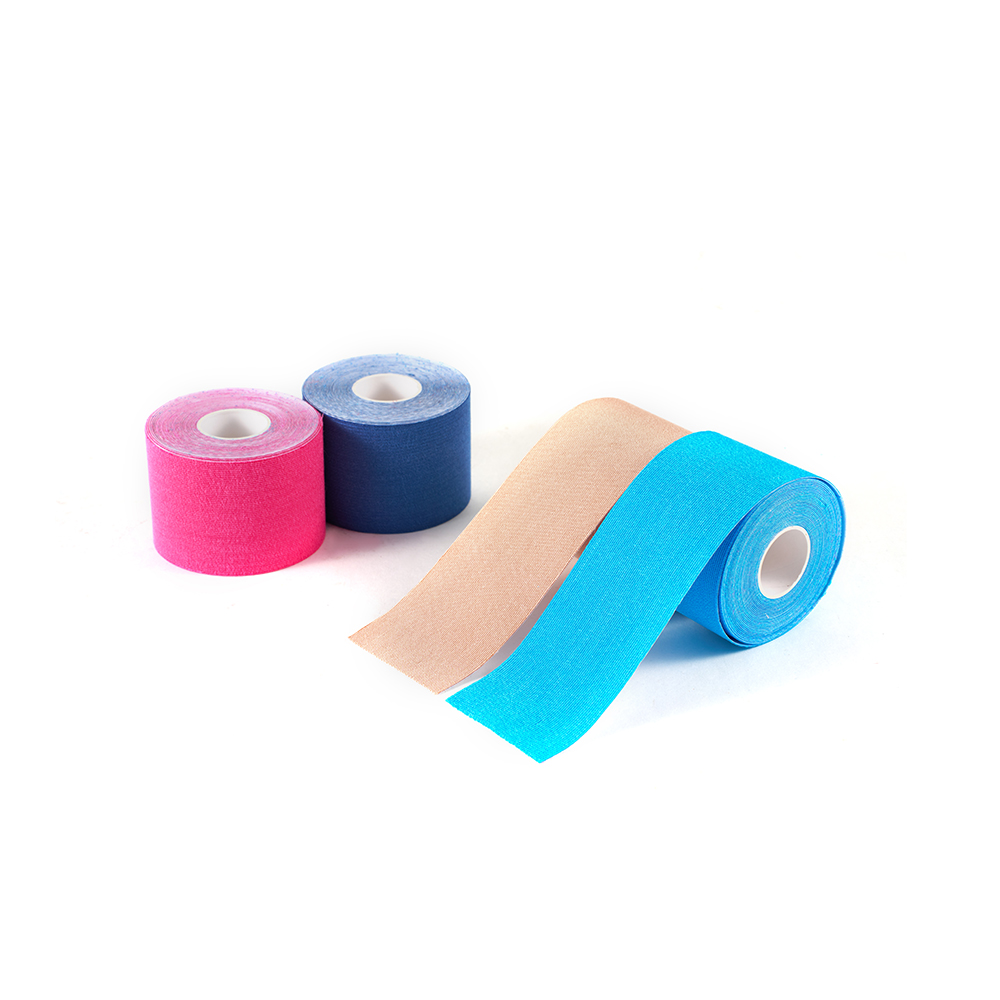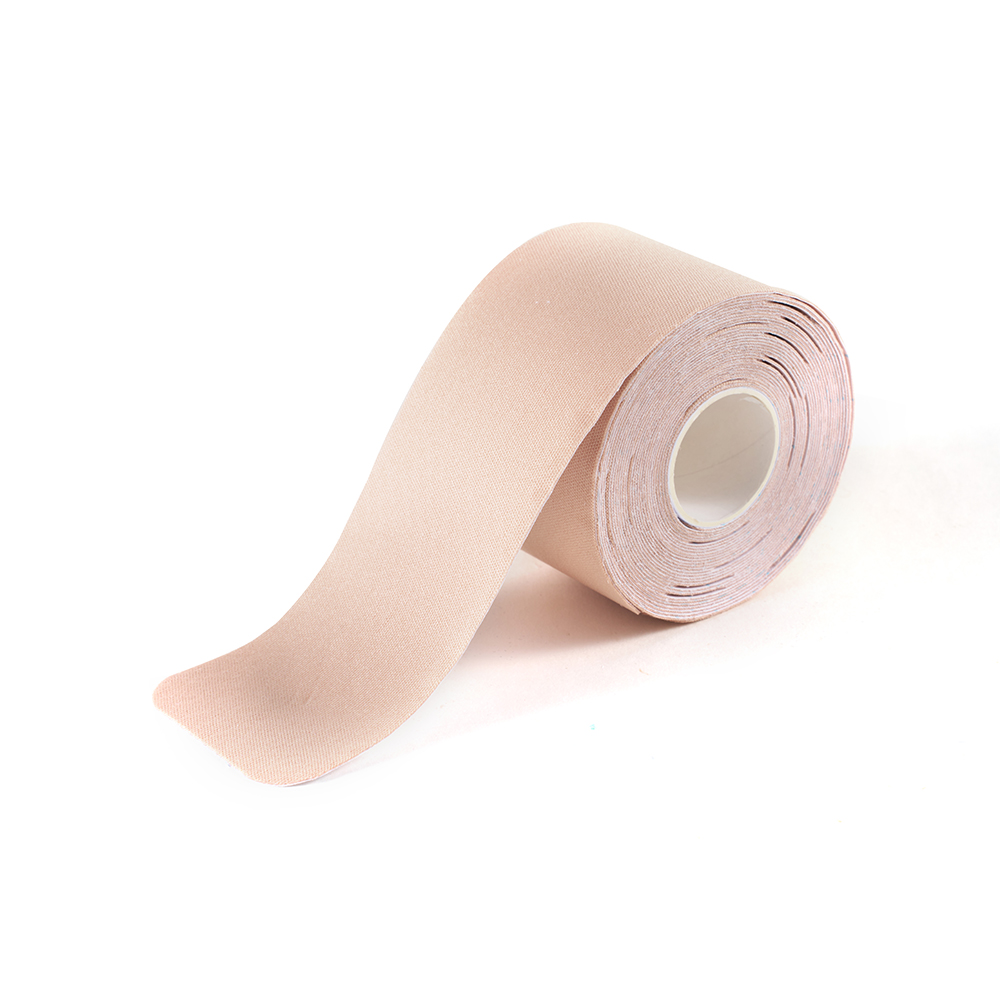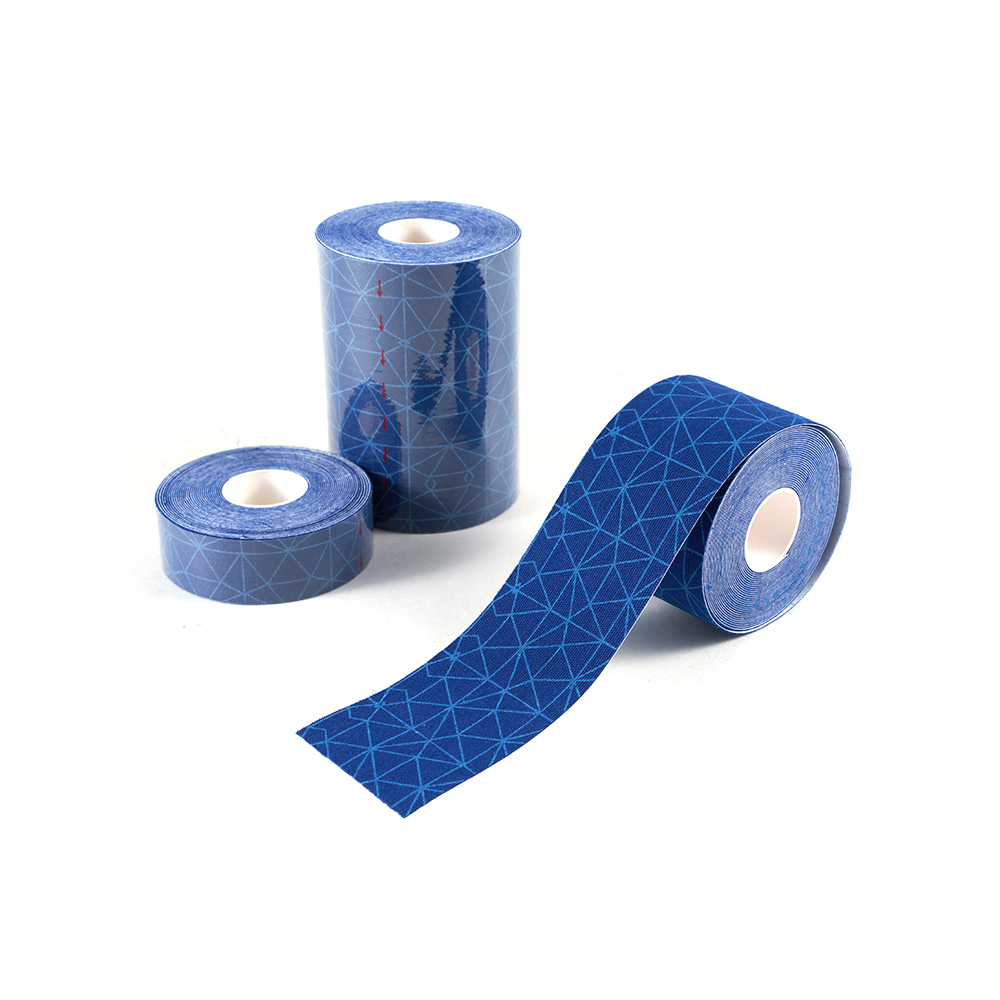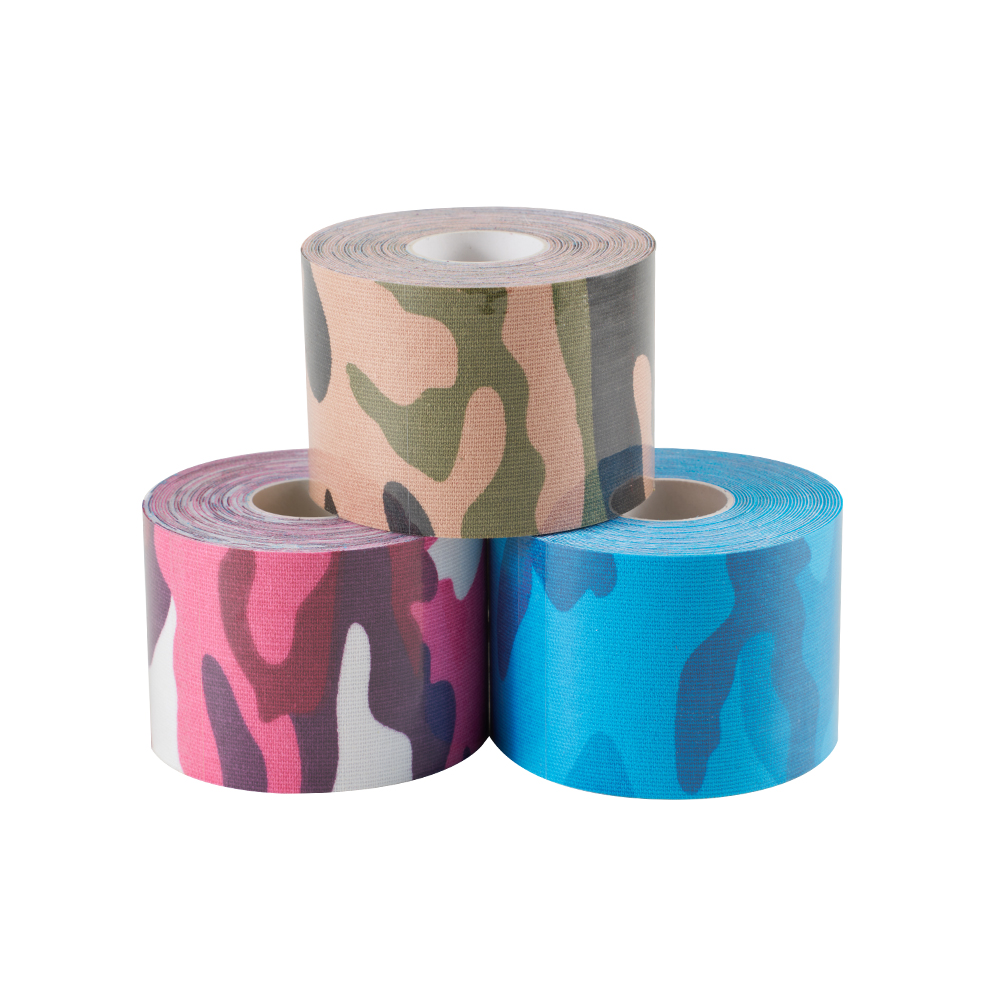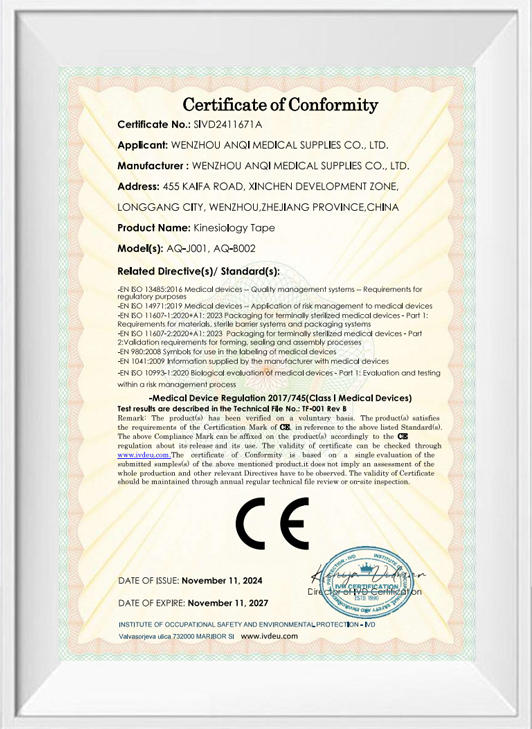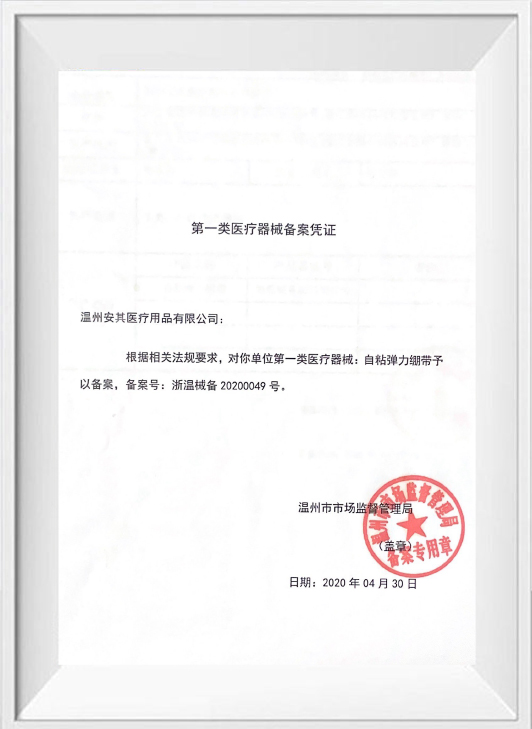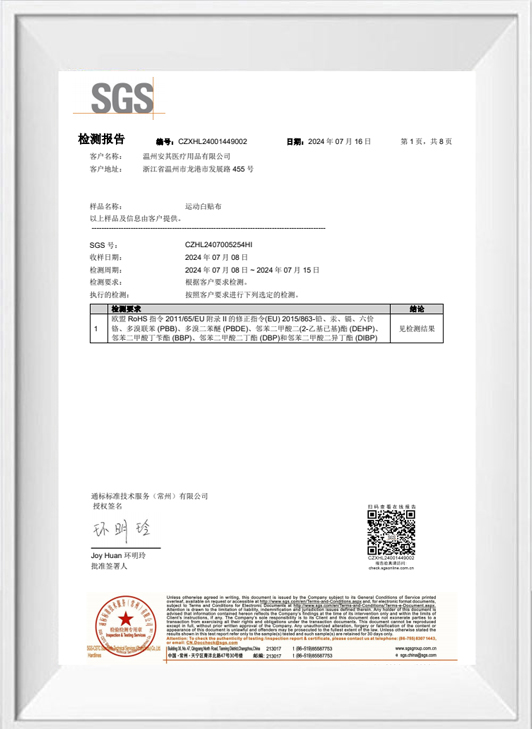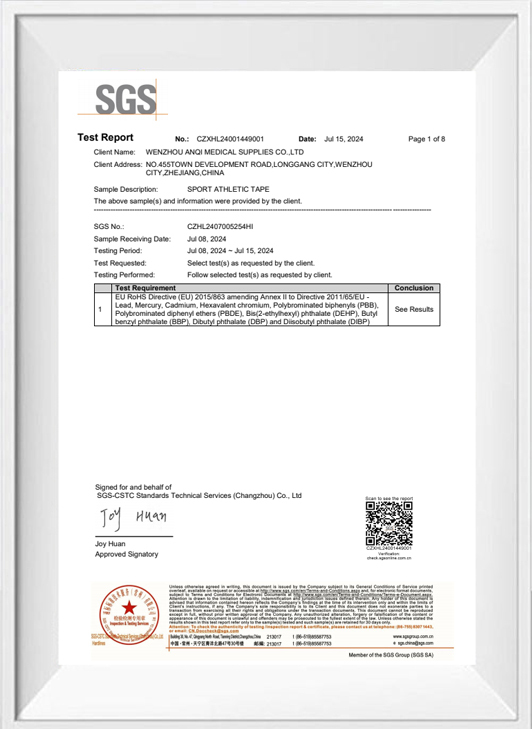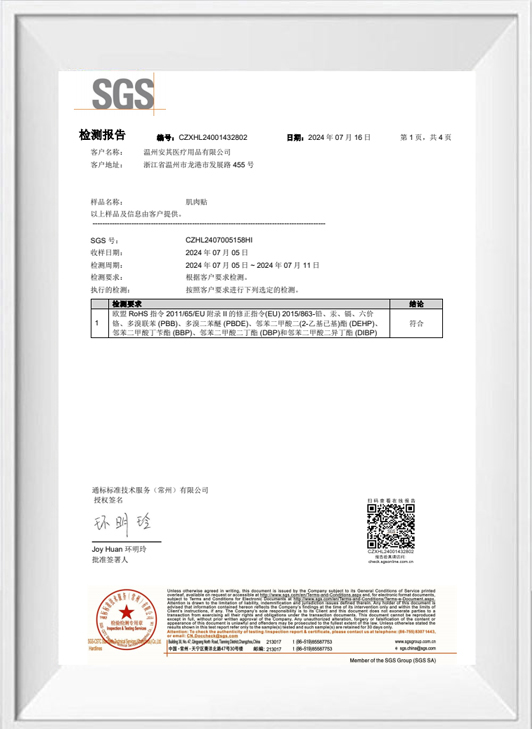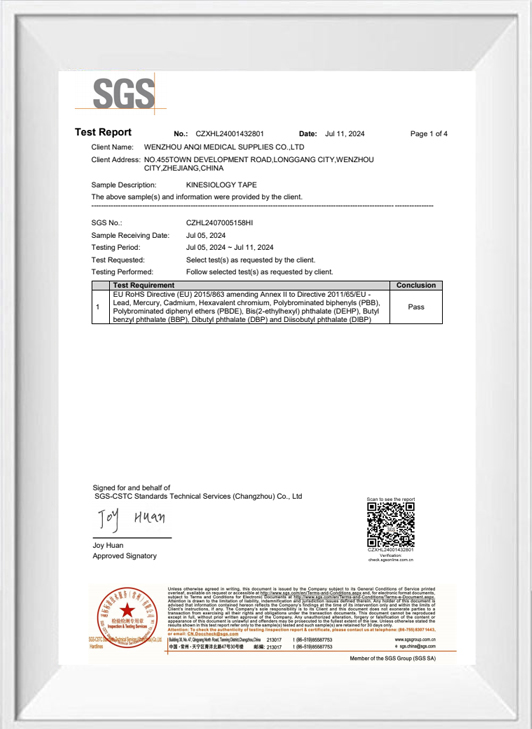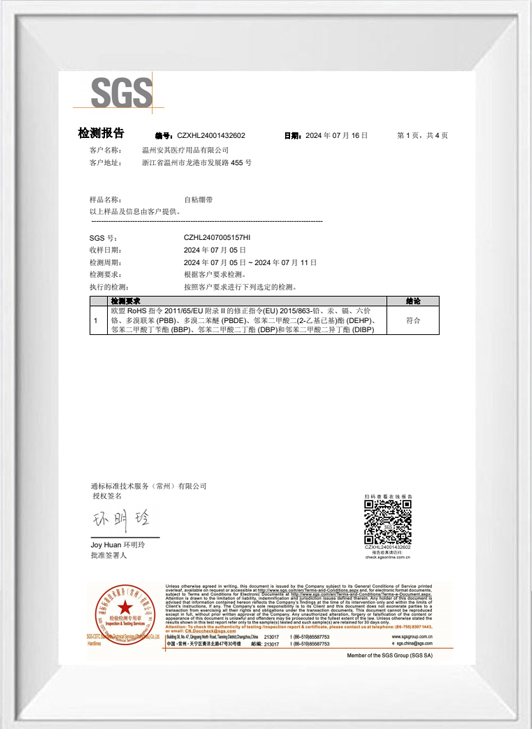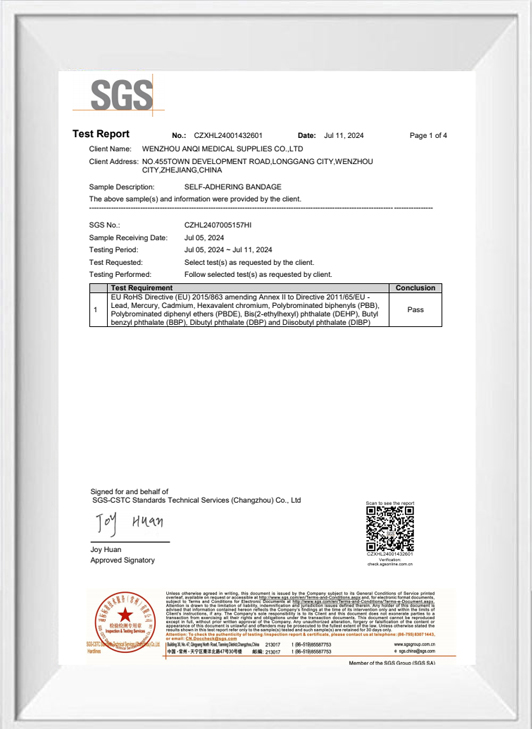Athletic tape is a ubiquitous sight in gyms, on playing fields, and in rehabilitation clinics. Cotton sport tape, often referred to by its common name...
READ MORE
-
-
The market for body-shaping and lingerie-related products has grown substantially over the past decade. Among these products, the Boob Tape Breast Lif...
READ MORE -
Precut Kinesiology Tape For Knee has become a popular tool for athletes, physiotherapists, and individuals recovering from knee injuries. Its design p...
READ MORE -
Understanding When to Replace Your Boob Tape Breast Lift Tape The step in the replacement process is knowing when it's time to say goodbye to your cur...
READ MORE
What Are the Types of Kinesiology Tape From the Manufacturer's Perspective?
Kinesiology tape is widely used in sports, rehabilitation, and physical therapy to enhance performance, alleviate pain, and improve mobility. Manufacturers typically categorize kinesiology tape into several types, each designed for specific purposes, materials, and applications. These varieties are developed with distinct characteristics to meet the needs of athletes, healthcare professionals, and individuals seeking pain relief or support.
The common types include:
Standard Kinesiology Tape: This is the widely used version of kinesiology tape. It is made from a flexible cotton material, combined with an acrylic adhesive. The tape is designed to stretch up to 140% of its original length, allowing for natural movement of the skin and muscles. Manufacturers ensure it is breathable, hypoallergenic, and water-resistant, making it ideal for prolonged use during exercise, training, and daily activities.
Precut Kinesiology Tape: Precut kinesiology tape comes in convenient, ready-to-use strips of varying lengths and shapes. This type is designed to save time for both the user and the healthcare provider, as there is no need to cut the tape to size. It's particularly useful for individuals who want a quick application without the complexity of cutting the tape themselves.
Cotton vs. Synthetic Kinesiology Tape: Some manufacturers offer cotton-based kinesiology tape, while others use synthetic fabrics such as nylon or spandex. Cotton tape tends to be softer and more comfortable, while synthetic materials can provide greater durability and resistance to moisture.
What Is the Correct Way to Use Sports Kinesiology Tape?
Using sports kinesiology tape effectively requires proper technique and understanding of its function. The purpose of kinesiology tape is to support muscles, ligaments, and joints without restricting movement, so applying it correctly is essential for its benefits. Here's a step-by-step guide to ensure the tape is used properly.
Prepare the Skin: Before applying kinesiology tape, clean and dry the skin thoroughly to remove oils, lotions, and sweat. This ensures the adhesive sticks properly and stays in place for longer periods. Additionally, it is important to shave any excess hair if necessary, as this can interfere with the adhesive's grip.
Cut the Tape to Size: If you're using non-precut tape, measure and cut the tape based on the specific body part you are targeting. For example, when applying tape to a knee or shoulder, you may need multiple strips for support. Some tape rolls come with guides to make measuring easier.
Stretch the Tape: Kinesiology tape is designed to be stretched during application. Depending on the purpose, you may stretch the tape from 25% to 75% of its full length. For muscle support, a lighter stretch is typically used, while joint support requires more stretch. Ensure you maintain an appropriate level of stretch to avoid discomfort or limited circulation.
Precut Kinesiology Tape For Knee: Why Is It More Preferred?
Precut kinesiology tape is gaining popularity among athletes and rehabilitation patients, especially for knee injuries. There are several reasons why precut tape is more preferred for knee applications, making it a highly sought-after option in sports medicine and physical therapy.
Convenience and Time-Saving: One of the main reasons for the increased popularity of precut kinesiology tape is convenience. Unlike traditional rolls of kinesiology tape, which require measuring and cutting, precut strips come ready to apply. This is especially beneficial for individuals in need of quick pain relief or support, allowing them to apply the tape without the hassle of cutting it to the appropriate length. For healthcare professionals and trainers who work with multiple patients, precut tapes save valuable time during treatments.
Targeted Support: Precut kinesiology tape for the knee is specifically designed to target the muscles and ligaments around the knee joint. The precut shape matches the contours of the knee, ensuring proper application for effectiveness. This is especially useful for providing focused support during rehabilitation after knee injuries, such as sprains or strains, and even for preventive measures during athletic activity.

 English
English русский
русский 中文简体
中文简体 Español
Español Deutsch
Deutsch عربى
عربى